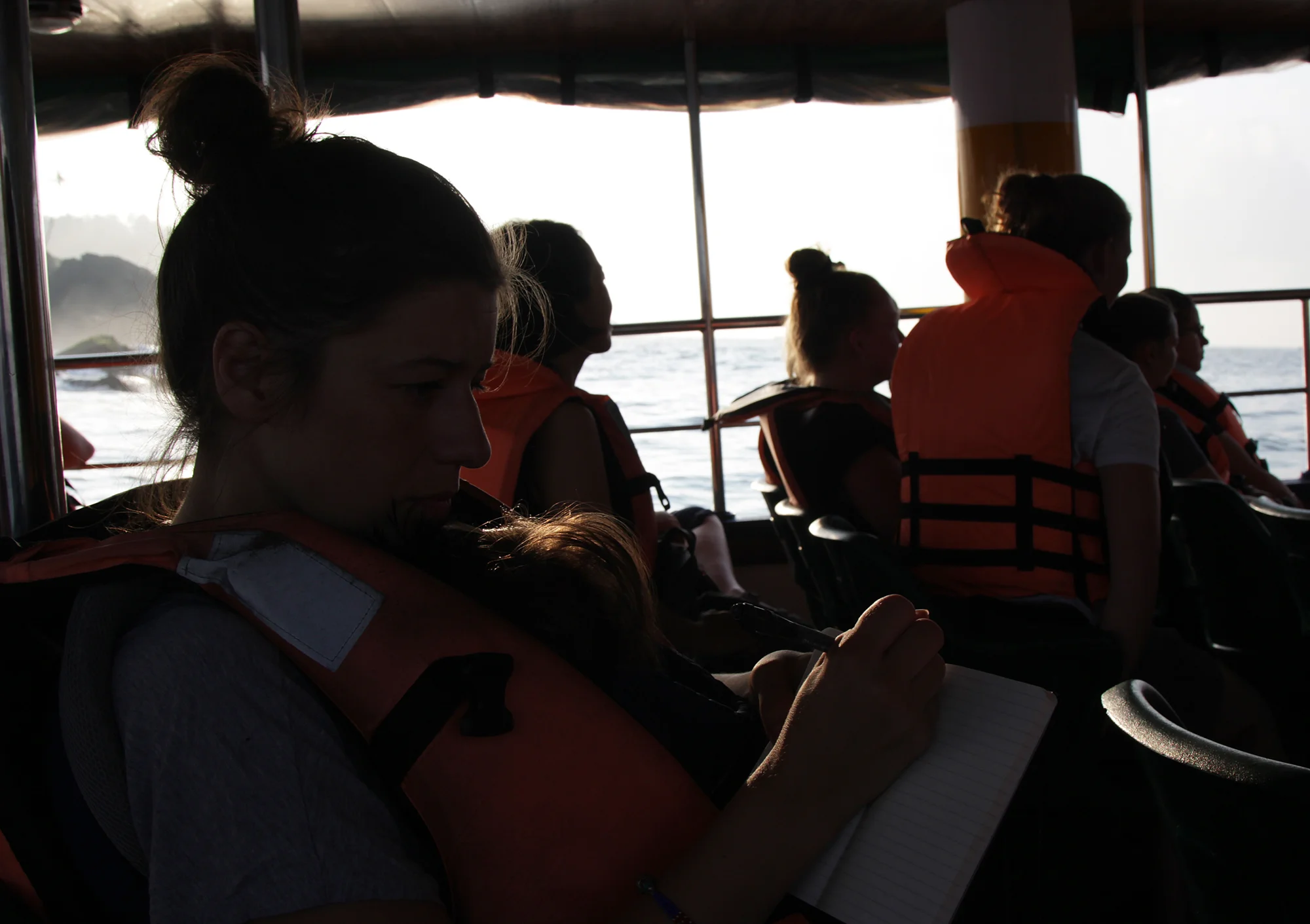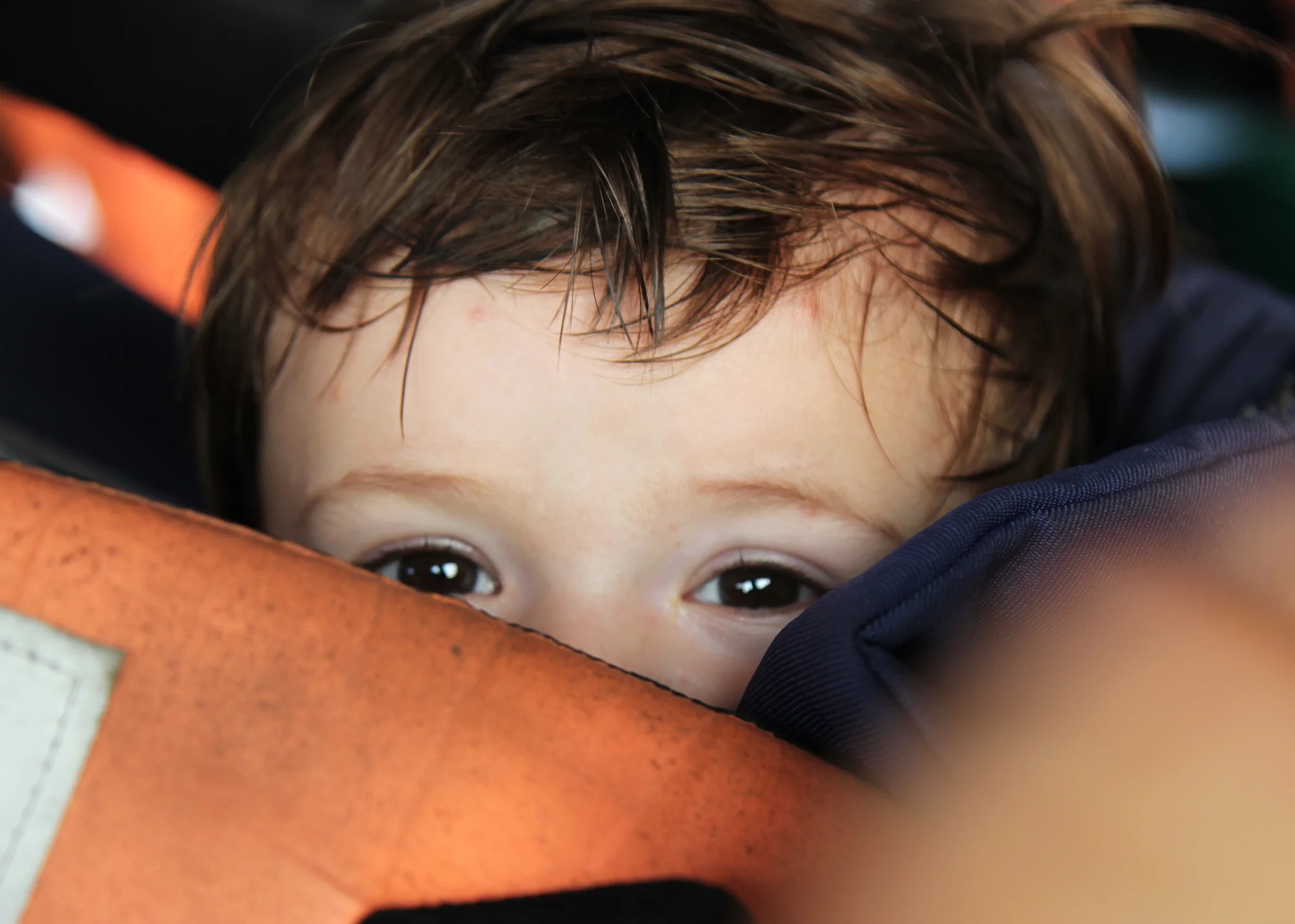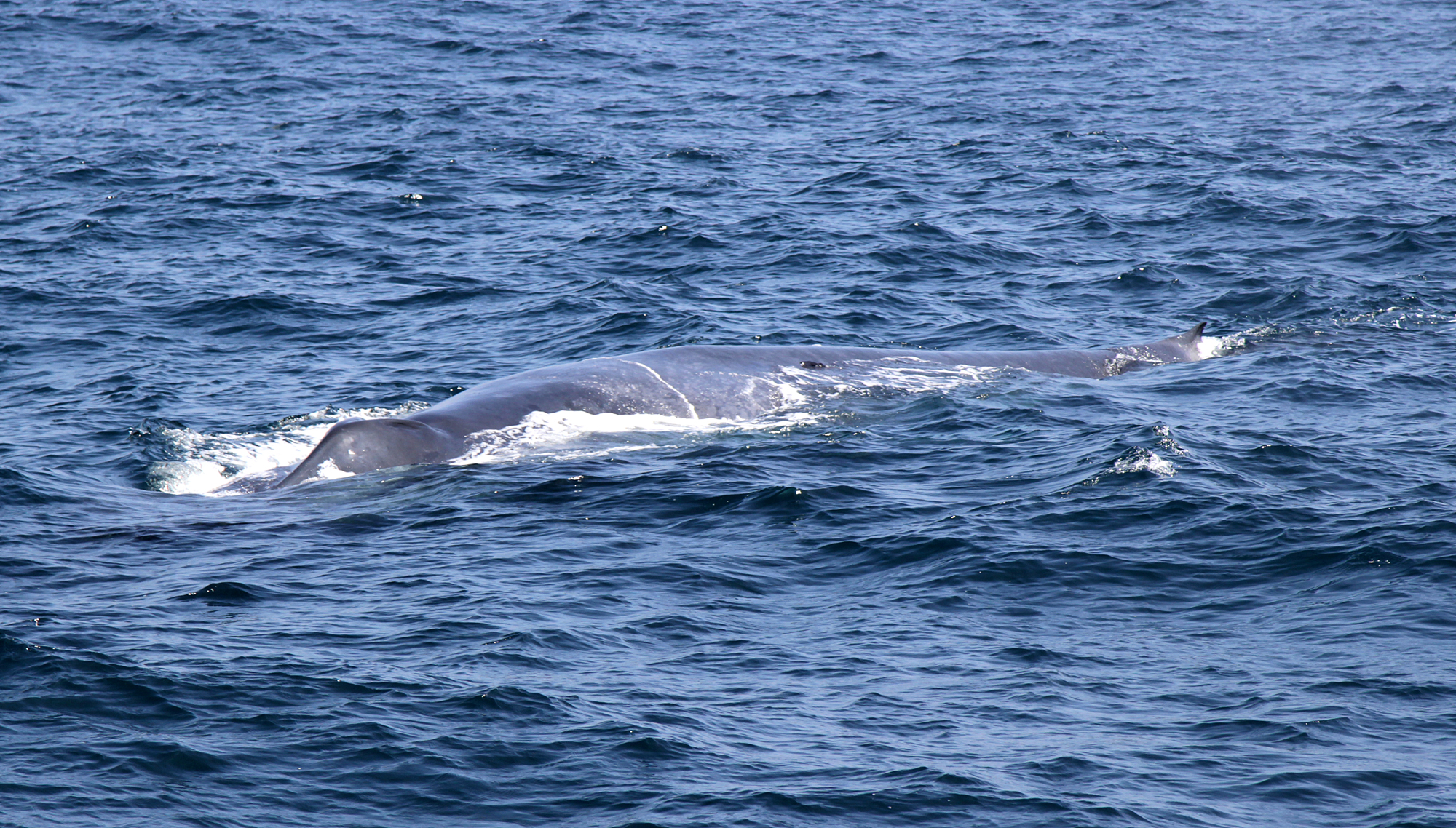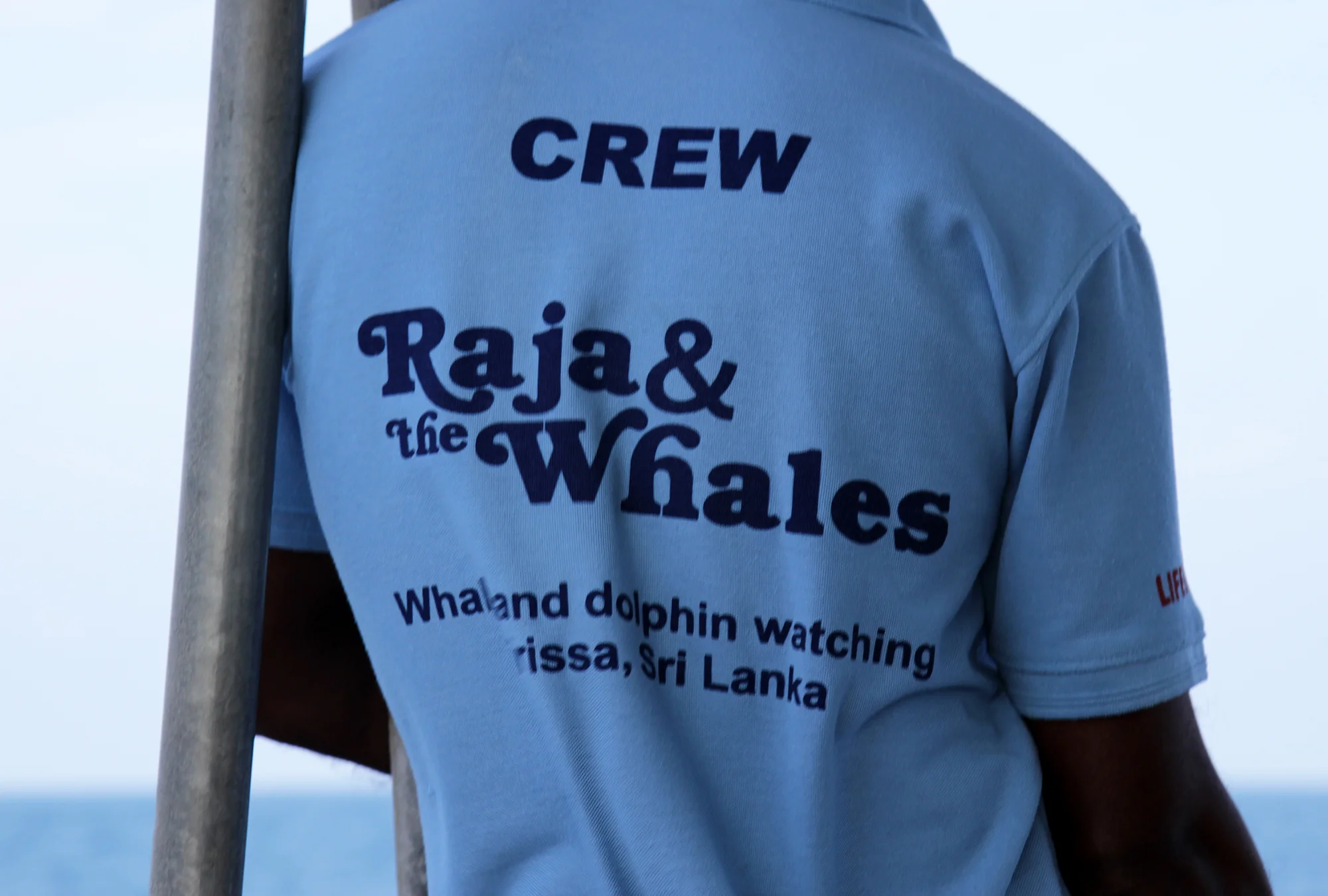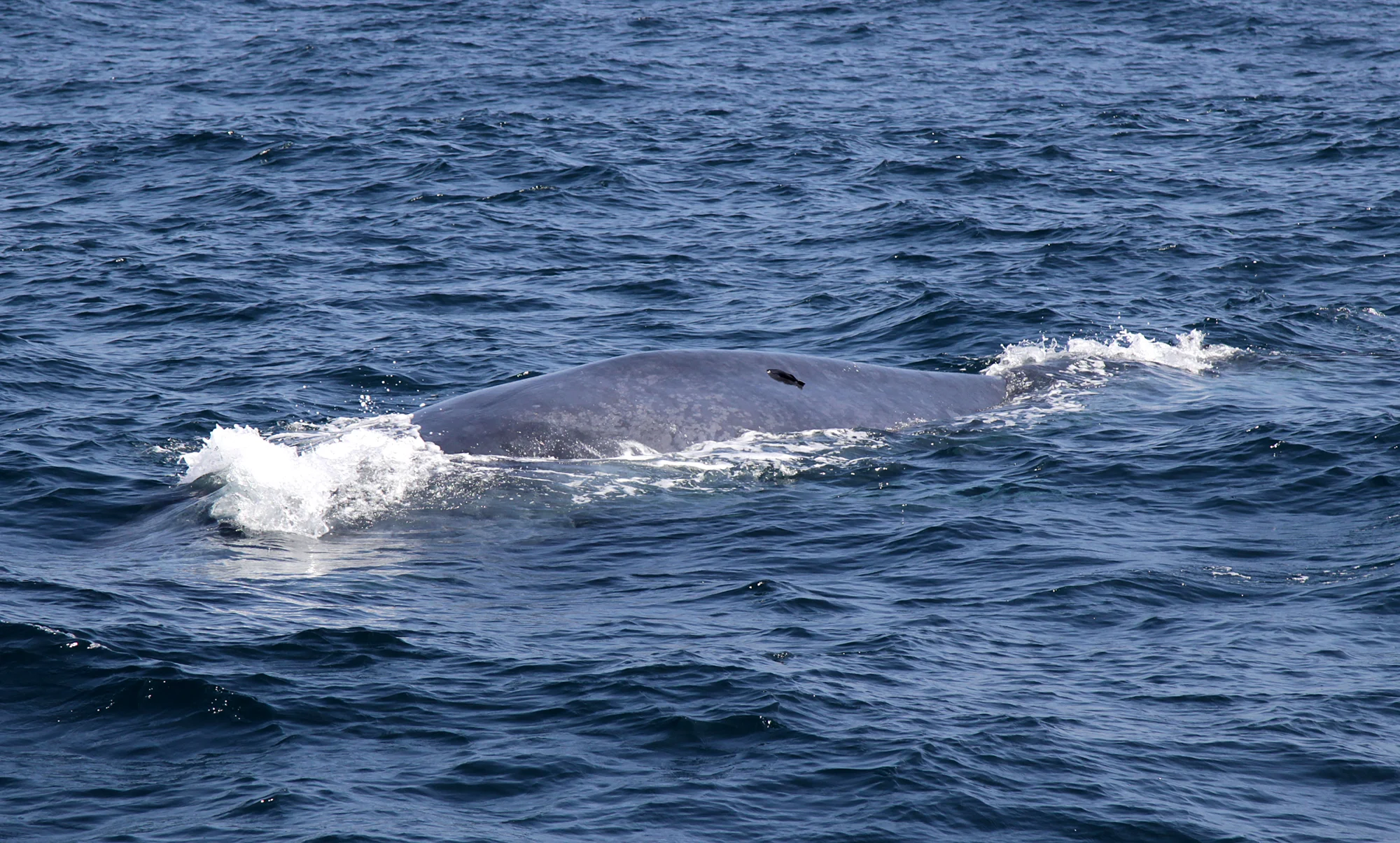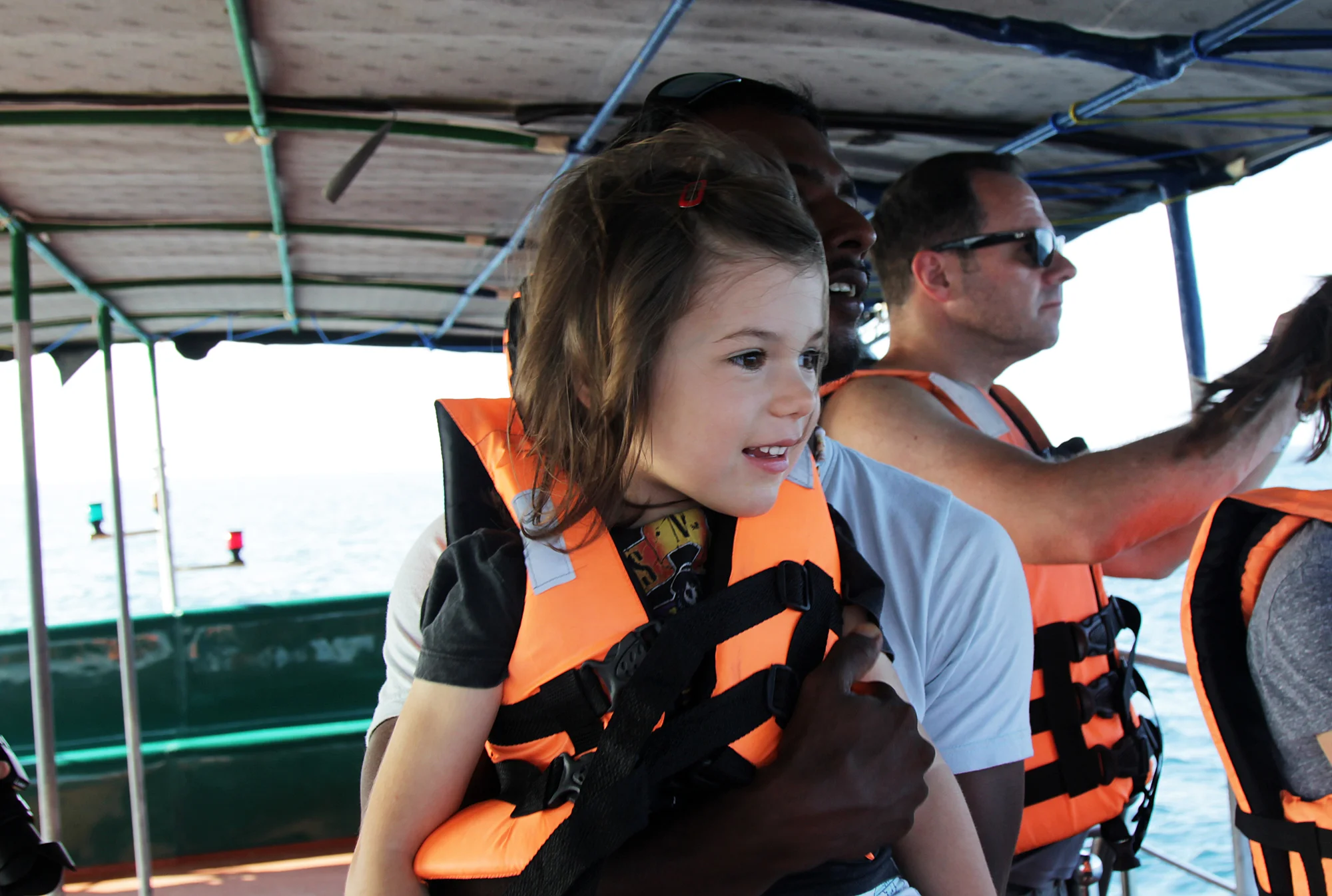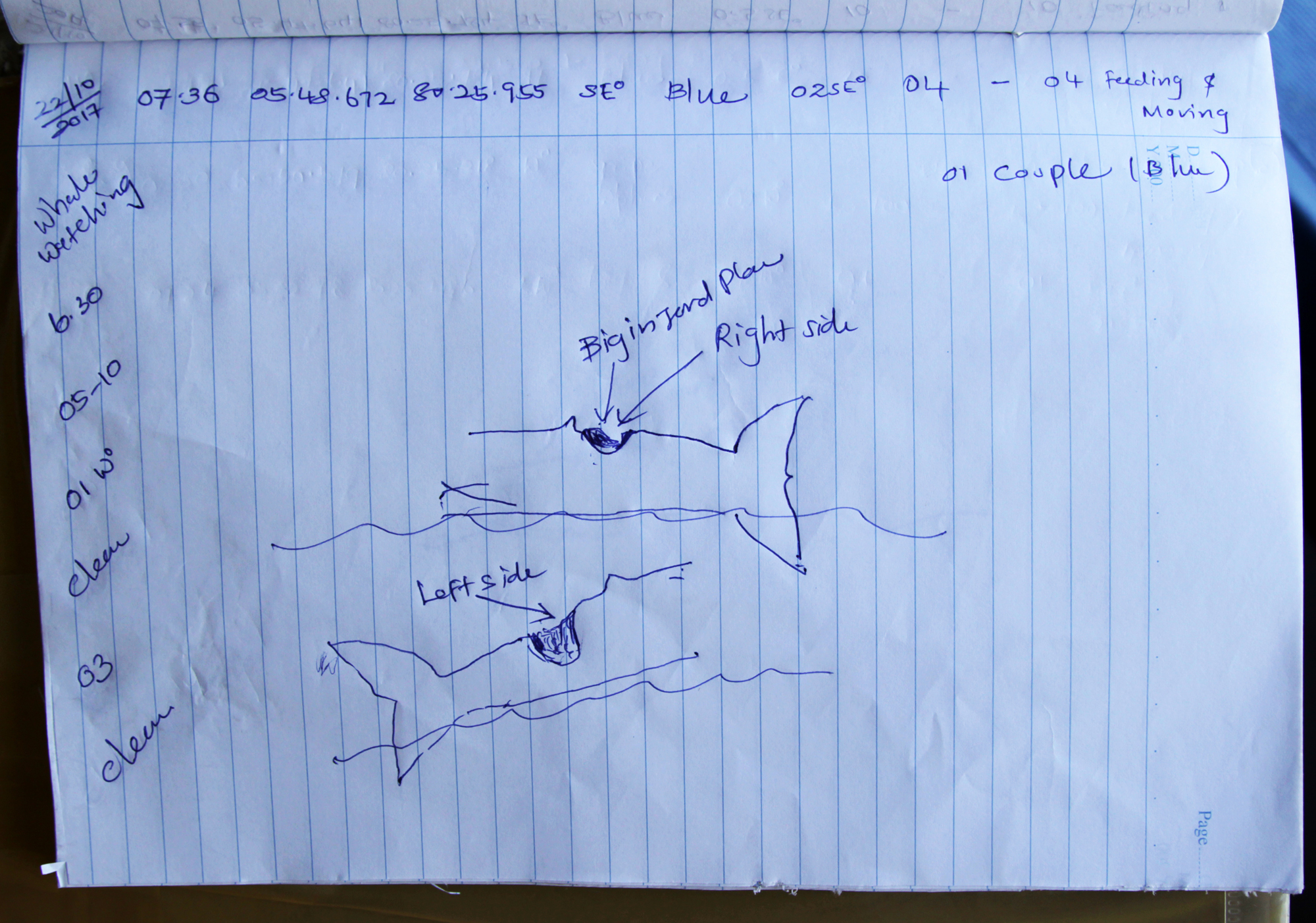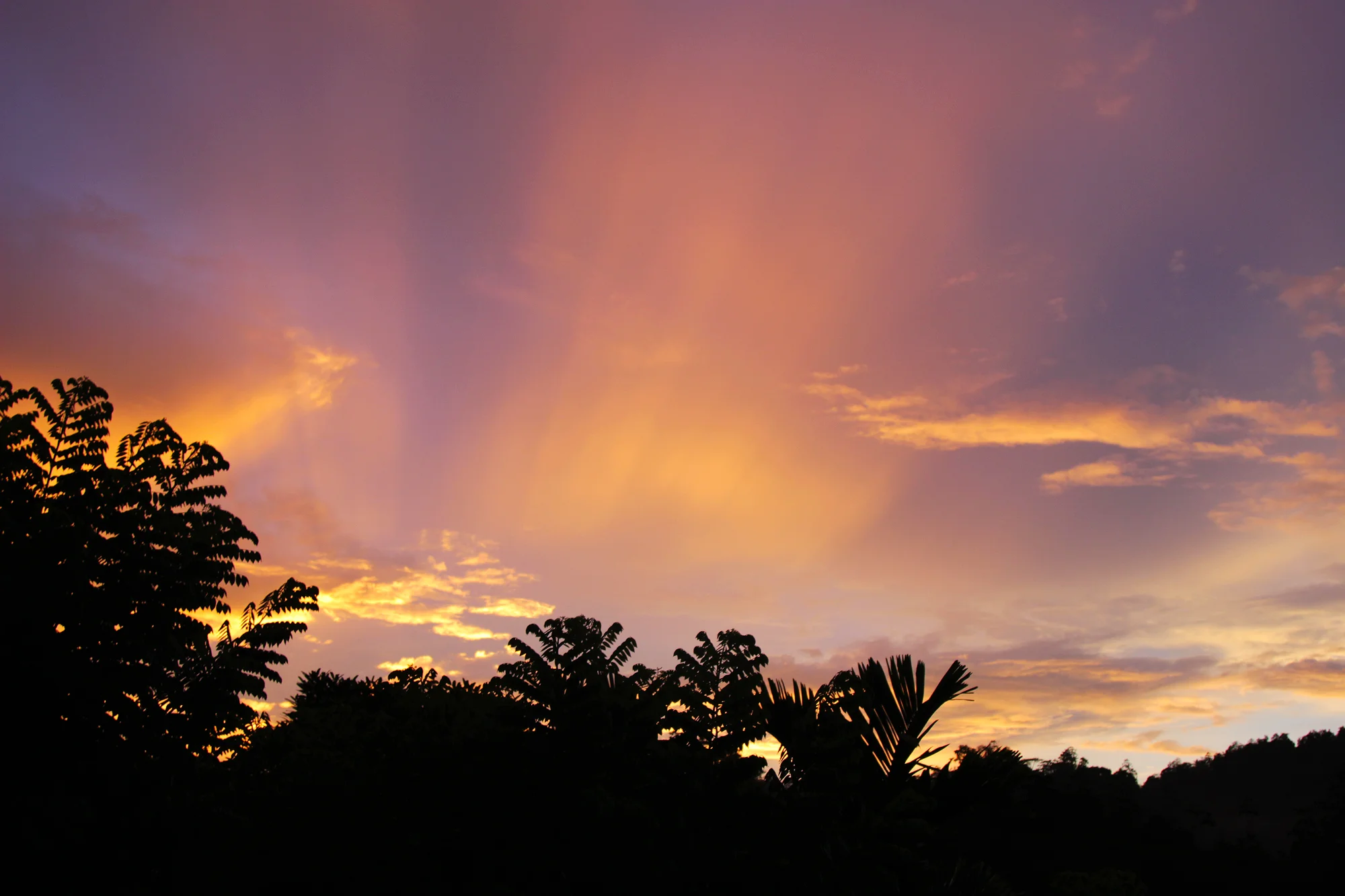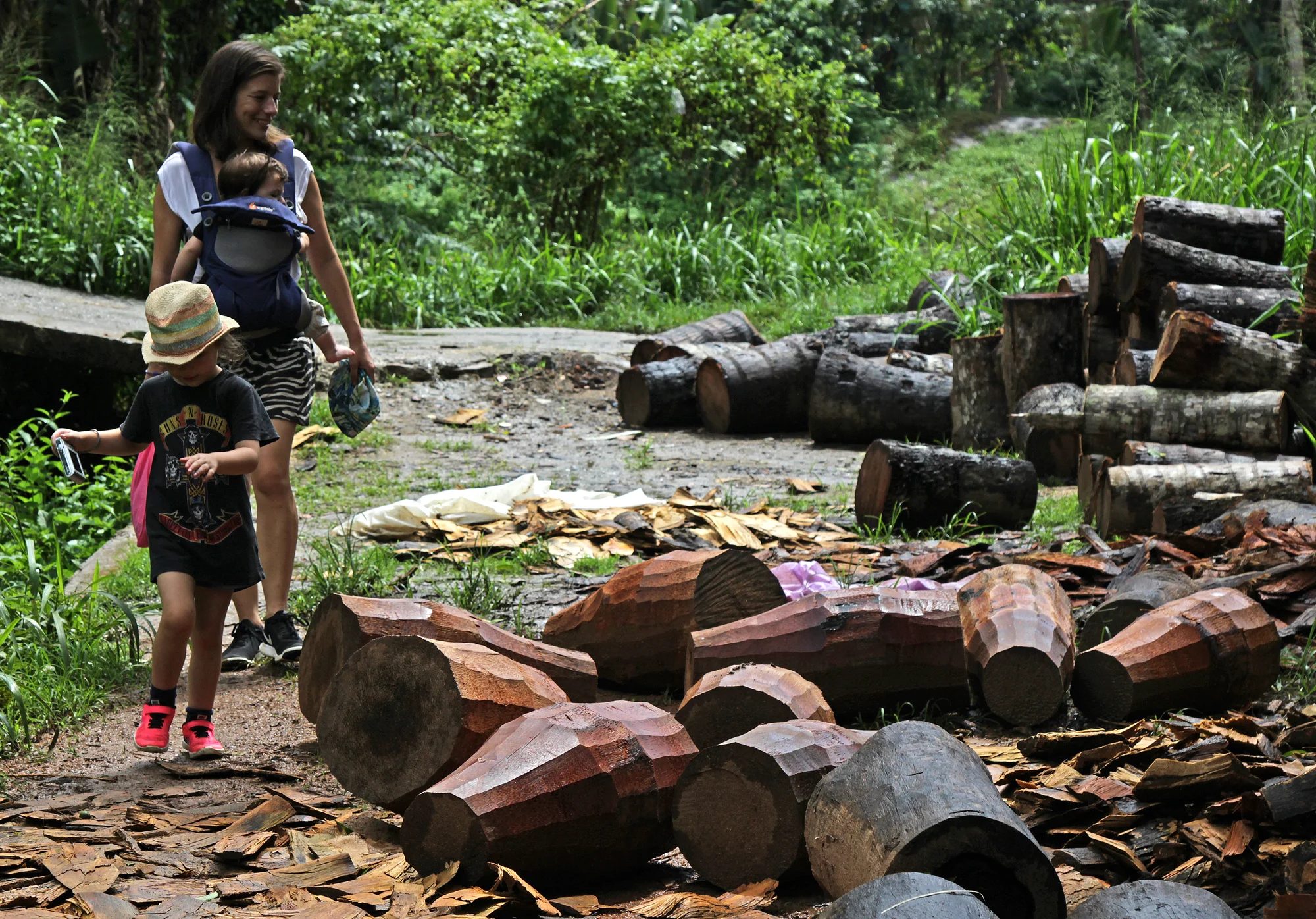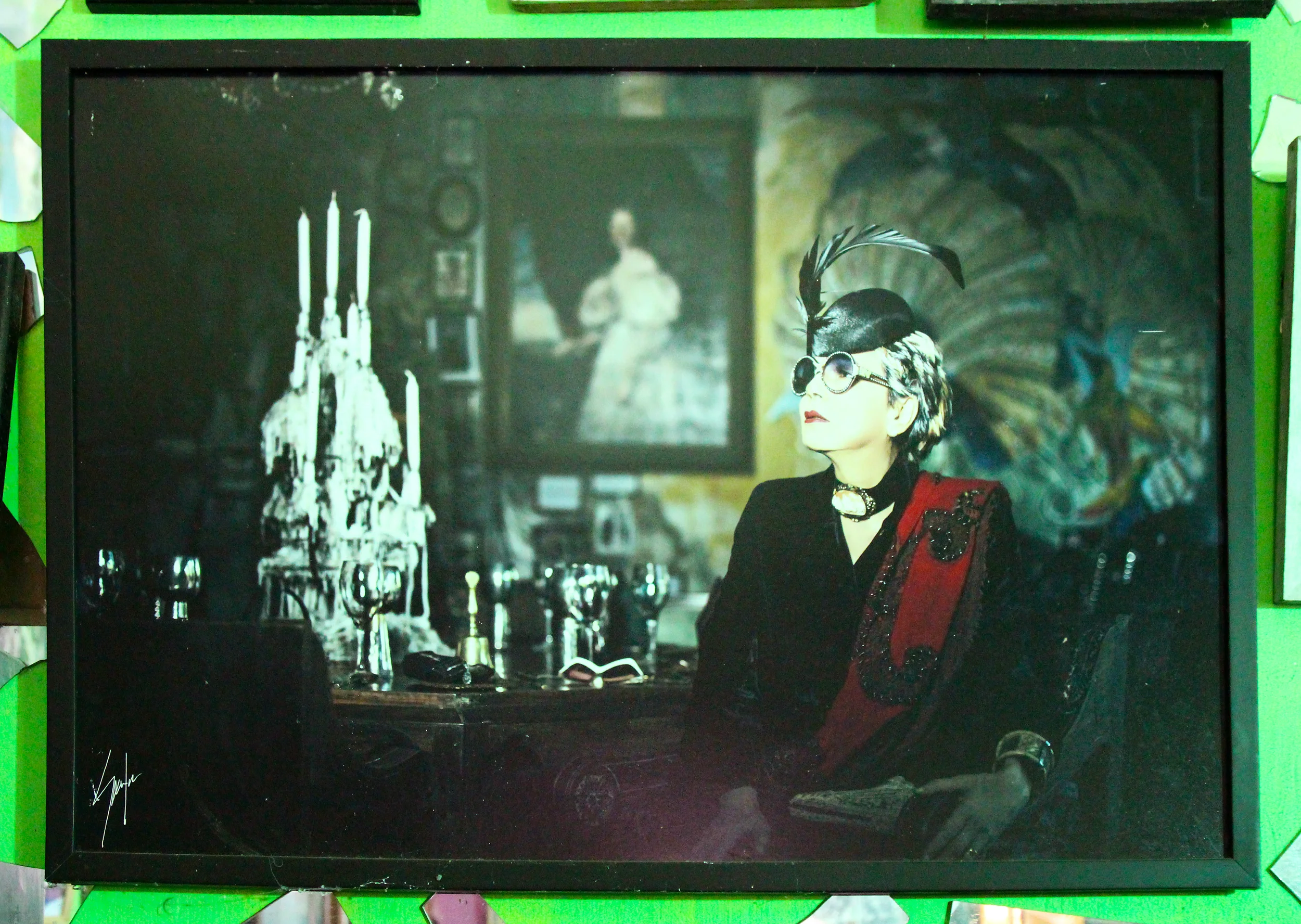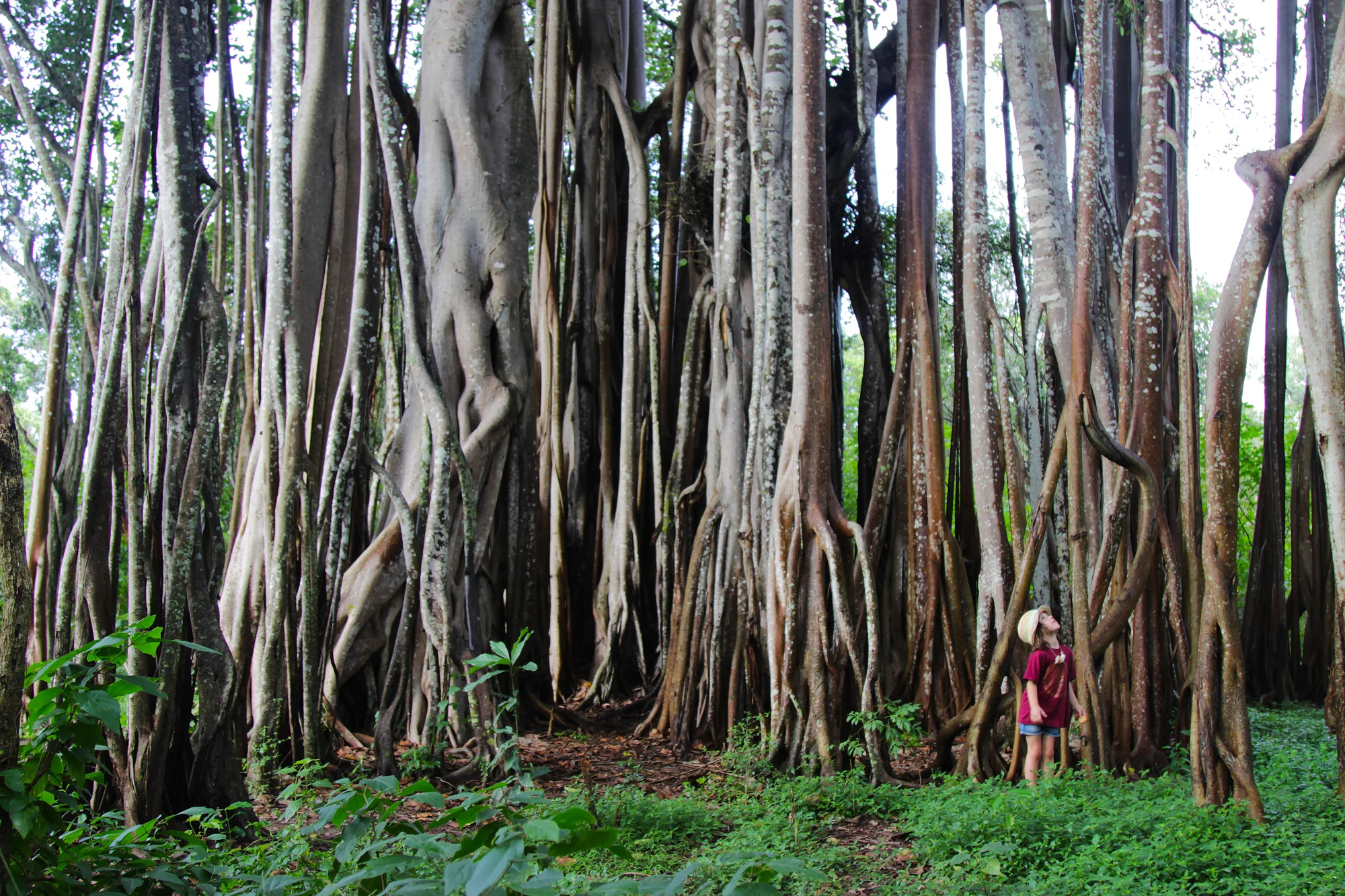Olivia and the Whales
The Ninky-Nonk. The Pinky-Ponk. Eh-oh. Duggee hug! Flop.
This is the secret language of parents, filtered passively into our minds by the gods of CBeebies, because we are the reluctant audience of whatever cartoon our kids are currently hooked on. Yeah, yeah, we know screen time is bad and rots their brains and wrecks their futures, but seriously? Come on. It’s a lifesaver.
And so we’ve been through the phases, from the acid-tripped surrealism of the Night Garden to the wry minimalism of Sarah and Duck. Lately, it’s Octonauts. Olivia came late to the Octonaut party, but my word, she’s making up for it. It seems there’s very little that happens in our lives that can’t be somehow related to the adventures of Captain Barnacles, Kwazii and Peso. This parallel is pretty surprising, considering that the entire series is about a bunch of animated underwater animals, but we’ll go with it.
The upside of this addiction is that our daughter has practically become a marine biologist with the knowledge she’s gleaned from the programme. She describes obscure sea creatures which we’re convinced she’s made up, but after a sly Google, turn out to be absolutely real. Immortal jellyfish that become babies again when they can no longer survive? Fish that keep their babies in their mouths until they hatch? Yep. All true.
So we’re in Sri Lanka. And Olivia wants to be an Octonaut. There’s only one thing to do. We head for Mirissa, the whale-watching capital of the country and sign up for a trip with the best company in town.
We arrive at the office of Raja and the Whales early and bleary-eyed, sliding our completed forms across the desk, sea-sickness pills sliding back at us. Olivia can’t swallow pills just yet, so for her we have the delightful sounding syrup called Vometa. After clambering onto the boat and fitting our lifejackets, we are handed breakfast number one. A cup of steaming coffee and a plate of tropical fruit is just what we need, and the ginger biscuit to keep any sickness at bay is a nice -and necessary- touch.
The trip out into the Indian Ocean isn’t a calm one. This water is big and grey and choppy. We’re led into the front of the boat for a talk about both the company and the whales, but from that point we are firmly in our seats as we jump the waves and stare pointedly at the horizon. An hour or so later, we are out there in the deep.
There’s always a worry that these trips will be a non-event, an anticlimax. This most definitely isn’t the case. Soon enough, we hear a shout, and we all scramble up to the top deck, River’s head poking out from my oversized life jacket and Olivia clinging to our legs. In the distance, a blowhole sends a spurt of water up into the air, and we’re off. We see blue whale after whale, closer and closer. As we near the first one, the boat’s engine stops and a hush descends.
“Everyone quiet. We can smell the whale now…we can feel the whale.” murmurs the guide from his vantage point on the wrong side of the safety rail. And it’s true. The sheer presence of this enormous mammal is undeniable, even though we can’t see him just yet. It’s a goosebump moment.
Raja and the Whales was founded in 2008, and was only the second or third whale-watching tour in a town now overrun with them. Raja himself might be happily married in Austria now, but his philosophy lives on here in Mirissa. Whilst other tour operators are content to chase down the whales in the name of tourism, this crew -who are all family members and spent their childhoods on the ocean- pride themselves on their absolute respect for these mammals.
A glance at their Instagram account is strangely telling. No filters, no branding, just the whales, where they’re supposed to be, doing what what they’re supposed to do. There’s a purity to it that is both soothing to scroll through and reassuring that the Raja and the Whales crew’s love for these creatures is completely genuine.
Not only do they comply with international whale spotting regulations, but they are the only company to work closely with scientists in universities, both at St Andrews and in Iceland. They collect detailed information on every trip, returning with drawings and notes and measurements and observations. They also collect whale poo for analysis, a concept we’d never thought about but which turns out to be a floating substance coloured red from the whale diet of krill. This shit can tell stories about pollution and poison. It can send reassurance or alarm bells. And because of all of this research, they understand the speed, direction and dive times of the whales, so they can predict where and when a sighting will occur whilst keeping a respectful distance. When another tour boat follows us shamelessly, crowding the whale and threatening to cause it stress, we simply move on. There are, after all, plenty more fish in the sea.
But it’s not just the whales that are treated well. Us humans have a pretty great time too. An hour or so into our time on the top deck, plates of Sri Lankan omelette and fried eggs on toast are handed out. As we start our return to dry land, bottles of ice-cold mango juice and slices of chilled chocolate cake appear. It’s nothing fancy, but it’s just right. And that is an approach that continues throughout the experience.
The guides are excellent. Laid back but professional, smart but unobtrusive, they know exactly when to share their extensive knowledge and when to leave us peacefully in the moment. There are plenty of comfortable silences, or as comfortable as it’s possible to be in a giant lifejacket. But quietly, almost by osmosis, we learn that baby whales can put on a terrifying 3.5kg per hour and drink between 200 and 400 litres of milk a day, that the Ramora fish that hang out on the whales are like mini-cleaners for these giant mammals, and that there are between 150 and 200 blue whales living in the area. Our daughter remembers it all.
Ranil, the manager, sits down with us and describes the threats to the whales. From shipping lines and pollution to other whale-spotting tour agencies “who are more interested in commercial gains than the whales”, they are clearly animals that need us on side. But he also describes the joys of the job, from knowing that they are contributing to important research to a particularly thrilling trip where twelve killer whales swam alongside his boat.
We see one Bryde’s whale and seven blue whales that morning, along with a whole team of dolphins, jumping and spinning out of the glittering water as the sun gets hotter and stronger.
We know how lucky we are to have seen these amazing creatures in their natural habitat. It’s a once in a lifetime experience. A half day field trip we’ll remember forever. At one point, the best point, Olivia sees the great body of a blue whale rolling through the water, right before its tail flips up and sinks back into the ocean. “I SEE IT!” she blurts loudly, beaming with excitement. The silence is broken. The entire boatful of people smiles and chuckles gently. “She’s got it”, said Ranil, approvingly. She has indeed. And that, we reckon, definitely makes her an Octonaut.
Raja and the Whales
rajaandthewhales.com
Trips run daily from July to end of April, weather dependent. No trips in May or June due to monsoon season.
Prices: SLR 6500 per adult. SLR 4000 per child aged 6-12, children under six go free. Pickup from anywhere in Mirissa and fresh breakfast included in the price.
Contact:
Email: RajaAndTheWhales@gmail.com
Mobile: +94 (0) 71 333 1811
What to take: camera, sunhat, sunblock, sunglasses and sea sickness medicine (we used Avomine tablets and Vometa syrup successfully).



